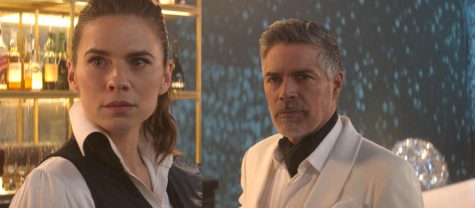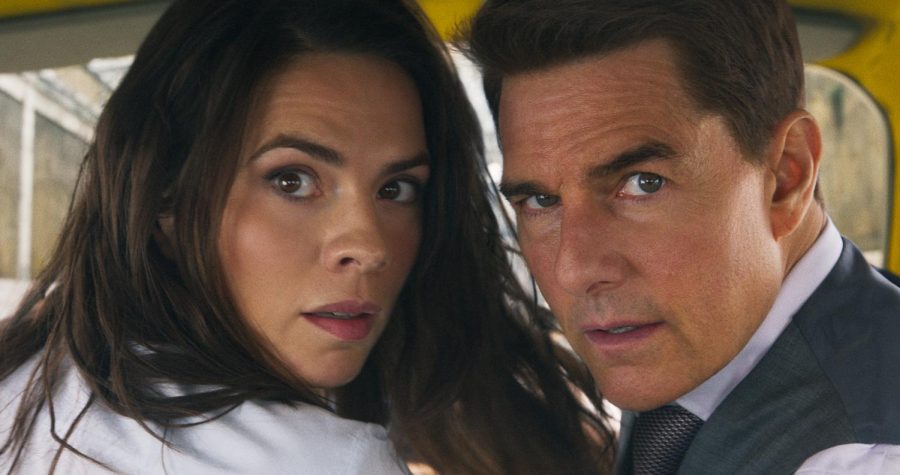Nearly 30 years after Tom Cruise and company captivated audiences with the original “Mission: Impossible” film, the franchise is still providing thrills and jaw-dropping set pieces.
The latest installment in the iconic franchise is “Mission: Impossible — Dead Reckoning Part 1.” This film sees the return of Christopher McQuarrie, the veteran director who helmed the previous two “Mission: Impossible” films. Tom Cruise is back, of course, and he’s running down even more hallways and rooftops, as he typically does.
In the fallout of the events of “Mission: Impossible: Fallout,” Ethan Hunt (Cruise) has to track down and protect a key to a weapon that the Impossible Mission Force (IMF) has never faced before. Confronted with threats both physical and digital, Ethan has few people to trust and many friends and colleagues to protect.
The story is simple; the main character protects a mysterious macguffin that poses a grave threat to humanity. However, fans of the franchise can expect plenty of twists, betrayals and revelations. “Dead Reckoning” is no exception.
What separates “Dead Reckoning” from its predecessors are two superb additions to the cast. Joining Cruise and his usual crew (Ving Rhames, Simon Pegg and Rebecca Ferguson) is the scene-stealing thief, Grace, (Hayley Atwell) and a menacing new antagonist, Gabriel (Esai Morales).

Atwell in particular holds a captivating presence on screen. Her character is unpredictable and “mischievous,” but always charming. It’s great to see her starring in a blockbuster film again, over a decade after her excellent turn as Peggy Carter in 2011’s “Captain America: The First Avenger.”
Atwell and Cruise have great chemistry in the scenes they share. The pair are featured in nearly every one of the film’s action scenes. Two set pieces in particular, one taking place on a train and another featuring a chase through a bustling town center, are likely to become iconic “Mission: Impossible” moments.
Cruise and McQuarrie’s dedication to shooting on location and utilizing practical effects give the franchise a timeless look and feel. In a blockbuster movie market oversaturated with underdeveloped and uncanny CGI (I’m looking at you, The Flash), the aesthetic of the “Mission: Impossible” series stands out.
While the cinematography and dramatic lighting in “Fallout” is more striking than “Dead Reckoning,” the look of the film is still solid.
These scenes are enhanced by terrific sound design and music. The orchestral score swells louder and louder as the film continues, shaking the theater and heightening the tension of the action. At many points, the music overpowers the dialogue.

The one key weakness of the film is in the dialogue-heavy scenes in the first act.
While it’s great to see Rhames and Pegg alongside Cruise, they are reduced to providing overly explanatory exposition. Rhames in particular is sidelined as he is missing for some of the film’s biggest moments. The opening scene of the film is bogged down by the sheer amount of dialogue, but fortunately the film finds its groove after the title sequence.
In other words, “Dead Reckoning” thrives when there is more action and less talking.
While the title of the film is tagged with “Part 1,” “Dead Reckoning” still finds a way to be a satisfying and complete addition to the franchise. Don’t worry about a Spiderverse-esque cliffhanger here — or even more egregiously, Fast X’s non-ending.
The film stands alone just fine, but it does set the scene for a thrilling second part, which is set to release in 2024.
As long as Tom Cruise can continue to pull off his gravity-defying stunts and Christopher McQuarrie expertly crafts action sequences around him, the “Mission: Impossible” franchise can pull off an increasingly difficult feat: keeping audiences in movie theater seats for several decades.






